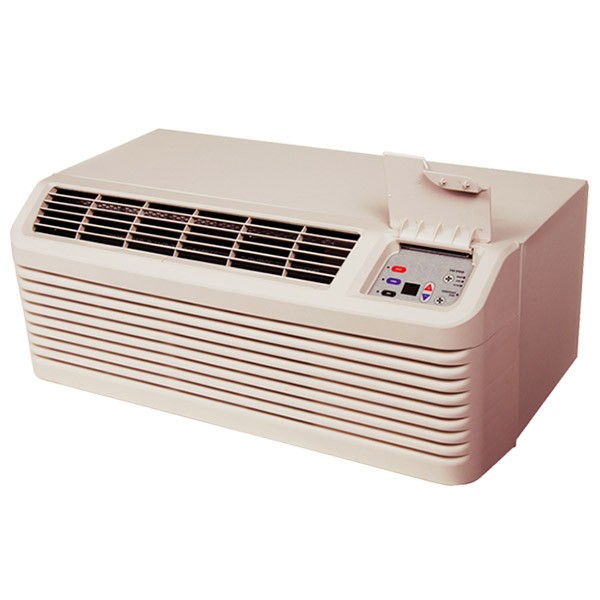Packaged Terminal Air Conditioners (PTAC)

What is a PTAC you ask? It’s that unit you’ve seen in every hotel room for the past 50 years. The acronym PTAC represents Packaged Terminal Air Conditioner. More
What is a PTAC you ask?
It’s that unit you’ve seen in every hotel room for the past 50 years. The acronym PTAC represents Packaged Terminal Air Conditioner.
More and more landlords, facility engineers, property managers and homeowners are realizing the advantages PTAC units offer over centralized HVAC systems. Why are people moving towards these you ask – There are 6 basic reasons why you see PTAC units in most hotel rooms; they are simple to use, simple to install, inexpensive, reliable, efficient, and they operate independently from a centralized HVAC system. Most hotels carry an inventory of spare PTAC units. If a unit fails, it can be quickly replaced without calling an HVAC expert. Centralized HVAC systems can’t offer this piece of mind.
Are PTACs exclusively at hotels?
Not at all, but building layout has a lot to do with the choice of which piece of HVAC equipment is selected. Large shopping centers or otherwise open spaces generally can’t be heated and cooled well with PTAC units. PTAC units are better for buildings with lots of smaller rooms, such as offices, ancillary buildings, mobile homes and schools.
How Does A PTAC Work?
The PTAC unit works by using electricity to push the refrigerant through the air conditioning unit and removes the heat and humidity out through the vent. They are usually set near a concrete wall, or inside a window. However, if installed with a metal shield, they can be built into the wall.
The heat pump reverses the cooling cycle on the air conditioner. The refrigerant is used to heat the coils, and after the air passes over the hot coils the heated air is pushed back into the room. This type of heat will work up until it is 40 degrees Fahrenheit outside and is ideal for warmer climates (Mitsubishi Mini Split systems can handle up to -13). Most PTAC units with a heat pump will come with electric heat backup for cooler winter temperatures.
One factor that makes a difference is climate. PTAC units aren’t as efficient as centralized units, so climates that are very hot or very cold, or that have very hot summers coupled with very cold winters will save energy and money using centralized or mini split systems.
Using A PTAC
Because the PTAC is used for both heating and air conditioning, there are a few different settings to be aware of. For the most part, the packaged terminal has two knobs. One is for the speed of the fan, and the other is for the temperature. The temperature knob will have a wide range to choose from to set it for heat or cold. While there normally isn’t a temperature number, it is a range that is color coded.
By setting the packaged terminal air conditioner to the range of temperature you want, it will either heat or cool your room. Keep in mind, that a PTAC is one-room appliance, and will not work for an entire house or other structure.
Buying Your PTAC
The two most important things to keep in mind are BTUs and plug type.BTUs (British Thermal Units)BTUs are units of power – the larger the area you need to cool, the more BTUs you need. It’s important to find the right size. Buying a higher BTU air conditioner than your room size requires is not recommended. It is preferred to have the correct size air conditioner run for longer to properly remove humidity from the room.
Plug Type – There are two parts to plug type: voltage and amperage. As a general rule the higher the amperage the higher the heating capacity. PTAC units can be plugged into a receptacle or the unit can be permanently connected (hard wired) to the building’s wiring. To hard wire your PTAC you will have to purchase a permanent connection kit (also called a sub base kit) separately. If you are replacing an existing unit, choose a PTAC with same plug type to determine the right amount of amperage and voltage.


